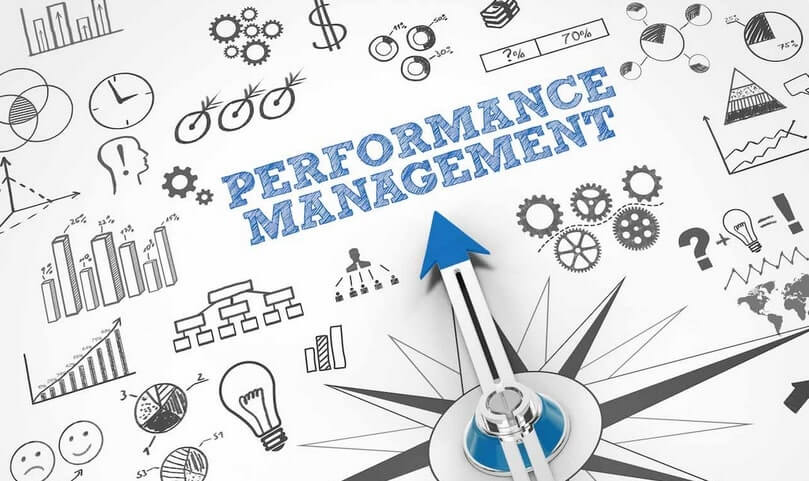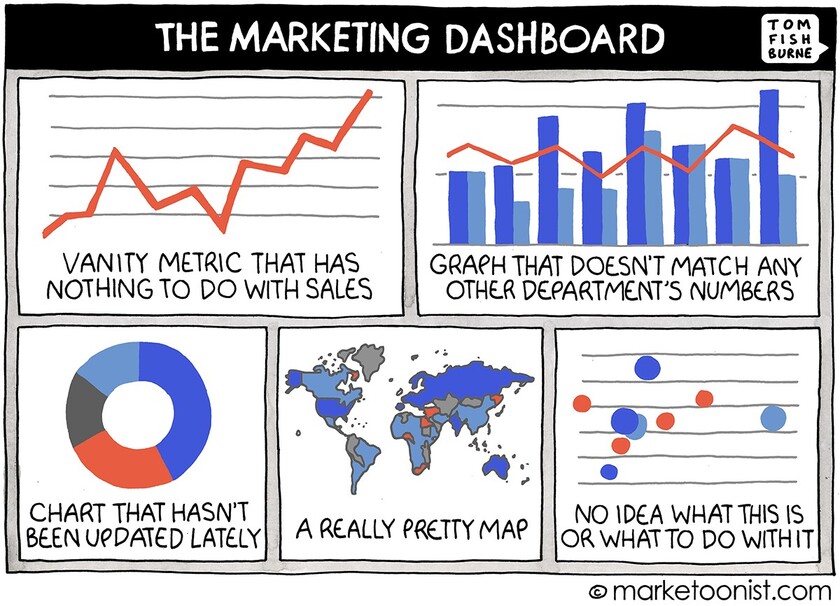To improve business performance, first you need to determine what factors are really driving your business. If you don’t properly identify what to measure and track, you may end up tracking metrics that turn out to have little or no impact on results. Business activities create more data than companies can reasonably absorb, so it’s critical for you to understand which numbers to measure and how to calculate them.
Well-designed KPIs (Key Performance Indicators) should immediately inform how your department and organization is performing. And what action is required.
Stop tracking raw numbers
Raw numbers don’t inform about business success. To extract real meaning from business activities, they must be put into some context. The best way to accomplish this is to use KPIs. KPIs are calculations from measures to create metrics to track. Unilytics calls these RAPRs (“rappers”), Rates, Averages, Percentages, Ratios. Not all metrics are KPIs, because they are not key to your success, but some are important enough to track. And you need to look at them over time.
Measure (which is NOT what you want to track)
-
number of product failures
-
on time shipments
-
document downloads
-
completing an application
Metric that are RAPRs (you want to track these)
- Rate of product failures
-
Average on-time shipments
-
Percentage increase in document downloads
-
Ratio of completions to abandonments
And then track them over time, such as per day, week or month
KPI Karta® – Methodology to Establish Effective KPIs
Companies find it difficult to establish effective KPIs, and they rarely produce actionable numbers that inform how the business is performing. KPI Karta® changes all that. It’s a proven methodology to help companies identify, measure, and manage KPIs. The resulting metrics provide vital feedback and actionable insight that directly drive business goals.
KPI Karta provides a map of how your key metrics were arrived at, and how they align with your goals and objectives. It makes all staff more accountable and committed to their work, since they can see how their contribution makes a difference.
You are likely already tracking high-level business goals such as revenue or how many new customers have come on board. While important, those KRIs (Key Results Indicators) alone offer no insight as to why they were achieved — or not, and what you should change, if anything. Learn more about the difference between KPIs and KRIs. KPI Karta helps identify specific activities that affect your stated goals and gives you an actionable roadmap to success.
KPI Karta enables companies to define what metrics to track by first stating corporate or departmental Goals. We then look at what Critical Success Factors need to be met, followed by what sales Phase we are in if the KPIs are needed for sales & marketing activities. We then identify the Segment we are targeting, the Approach we want to take, and what specific Actions we are deploying. From there we establish KPIs and Targets for each Action. The result is a hierarchical mapping of KPIs and how they align with stated goals. This fosters a stronger understanding of why the Actions are important, resulting in a commitment to attaining them.






